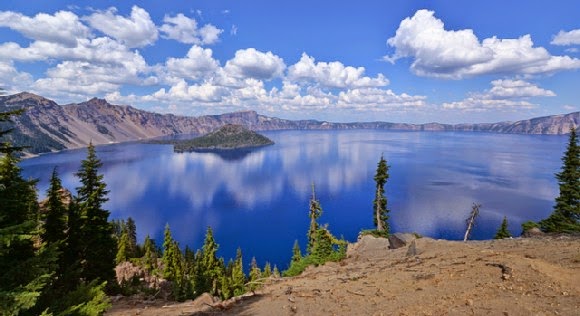 | |||
| Ladder snake (Elaphe scalaris) Photo by Pascal Dubois |
The ladder snake (Rhinechis scalaris) is an attractive
harmless snake found in Portugal, Spain, southern France and some parts of
Italy. It is also found on Menorca but is thought to have been introduced
there.
The ladder snake
is in a group of snakes known as “rat snakes” because they have a tendency to feed
on rodents. It is also known as Elaphe
scalaris, which is the genus the other rat snakes are in.
The ladder snake takes
its name from the dark markings between two blackish parallel lines down its
spine that look like the rungs of a ladder.
The ladder snake
is more highly coloured when young when this patterning really stands out. These juvenile snakes are a yellowish or pale
brown in colour with the ladder marking in a contrasting black. There are dark
markings on the sides and belly of these snakes too but the colours fade as
they grow older.
 |
| Young Ladder Snake Photo by Steve Andrews |
Adult ladder
snakes reach around 160 cm and are mainly a dark brown or greyish for their main
colouration.
Ladder snakes can
be found in a variety of habitats, including scrub-land, clearings in forests,
orchards and vineyards. These reptiles also have a liking for stone walls in
which they can hide and hunt their prey. They also frequent rocky ground where there
are plenty of boulders.
Ladder snakes feed
on mice, shrews, small rats, birds, lizards, spiders and some other insects. Young
snakes take small lizards and baby rodents, and also have a liking for spiders
and grasshoppers. Adult ladder snakes will hunt birds in their nests by
climbing into bushes and trees. Ladder snakes are active by day and night.
Female ladder
snakes lay between four and 24 eggs. The mother snakes will remain with the
baby ladder snakes for a few days.
The ladder snake
is in the Colubridae family of
snakes, many of which are also non-venomous. The ladder snake will bite in defence,
however, and will hiss if captured.
Because the ladder
snake has a very wide distribution and lives in many habitats it is not
regarded as in any current danger. Its conservation status is of Least Concern.
Some ladder snakes become road casualties though, and the danger of getting run
over by traffic is serious threat to many other types of reptile and amphibian.






